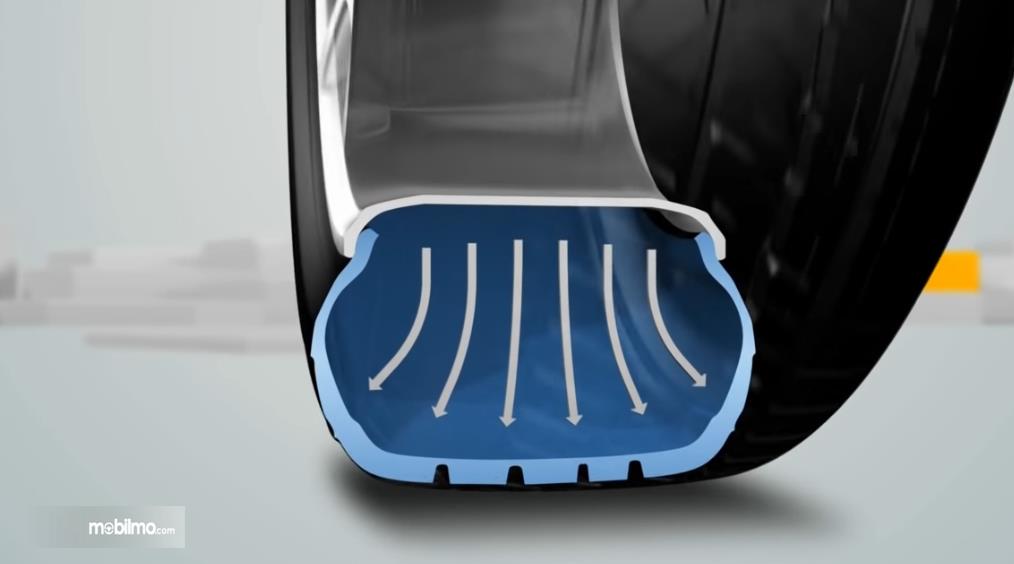Though they first appeared in the mid-1980s, run flat tires (RFT) are now more popular than ever. With some auto manufacturers making them standard in new vehicles, more consumers are asking about run flats, their advantages, and how using them impacts driving.
Run flat tires are tires on which you can continue driving after a puncture so you can take time get to an auto shop or find a safe, level area to change your tire.
You can’t drive on them indefinitely, though. Check the manufacturer’s specifications to find out how fast and how far you can drive on your run flat tires. Bridgestone run-flat tires will allow continued operation even after a loss of some or all inflation pressure for up to 50 miles (80 km) at a maximum speed up to 50 mph (80 km/h.)
There are two primary types of run flat tire systems: the self-supporting system and the support ring system.
In most self-supporting run flat tire systems, the tire features reinforced sidewall construction that will continue supporting the vehicle in the event of air loss. This construction allows continued operation after the loss of air pressure up to the speed and distance specified by the manufacturer.
Support ring run flat tire systems, on the other hand, employ a ring of hard rubber or another structure that can support the vehicle’s weight in an air loss condition.
Since they continue performing even though they’re “flat,” all run flat tires, regardless of the specific system type, may only be used on a vehicle equipped with a Tire Pressure Monitoring System (TPMS). The TPMS alerts you as soon as one of your tires loses pressure. Without it, you might not know you were driving on an underinflated tire.
You don’t have to change your tire in dangerous or uncomfortable conditions. This is perhaps the biggest benefit of run flat tires and is the one of the reasons why they were designed.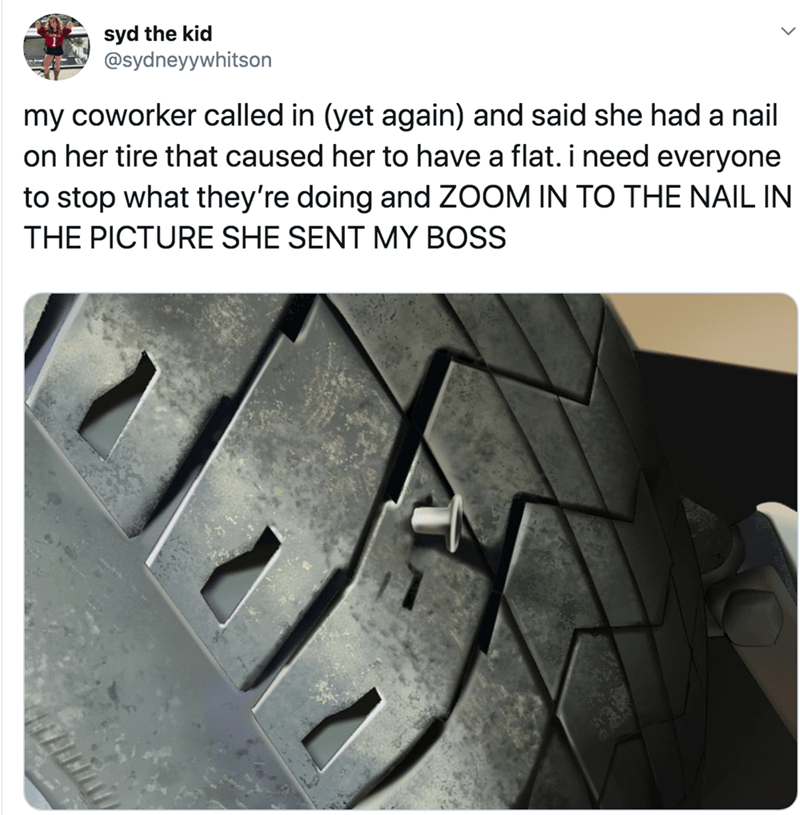 With conventional tires, you have to replace a flat on the spot or have your car towed.
With conventional tires, you have to replace a flat on the spot or have your car towed.
In a puncture situation, run flats are more stable than conventional tires. Since they’re made to support your vehicle even when they contain no air, run flat tires will help you maintain better control in a complete air loss situation than conventional tires.
As consumers continue rating safety high on the list of features they look for in a vehicle, the popularity of run flat tires is expected to grow. Since run flat tires work reliably with interconnected technologies like TPMS, it may only be a matter of time before they become the norm rather than the exception in new vehicles.
There’s never a good time for a flat. That’s why Bridgestone DriveGuard tires are masterfully engineered to keep you moving for up to 50 miles at speeds up to 50 MPH without disruption.
See Details Find Your Fit
There’s never a good time for a flat.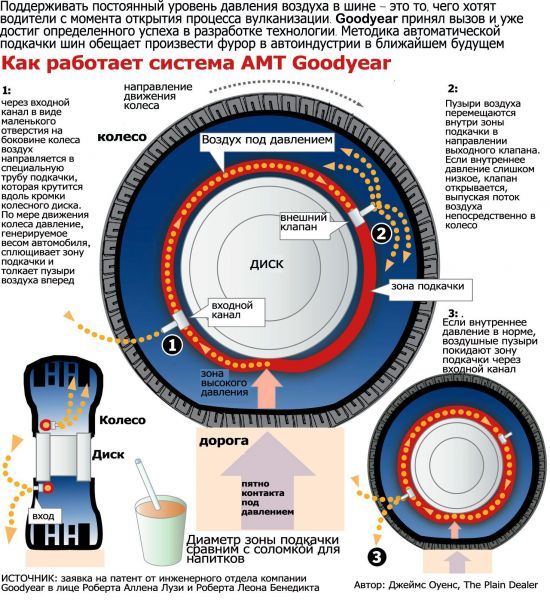 That’s why Bridgestone DriveGuard tires are masterfully engineered to keep you moving for up to 50 miles at speeds up to 50 MPH without disruption.
That’s why Bridgestone DriveGuard tires are masterfully engineered to keep you moving for up to 50 miles at speeds up to 50 MPH without disruption.
Home » Blog » Emergency Repairs » Run Flat Tyres: Everything You Need to Know
Have you been offered run flat tyres for your car and want to know the pros and cons? Maybe you’ve just heard of them and you’re interested to know more about how run flat tyres work, what maintenance they require, and if they’re actually worth the extra money you’ll pay for them. If so,check out our complete guide below.
Run flat tyres are designed to remain safe and functional for a limited time with no air pressure. That means, in the event of a puncture, you can continue driving for around fifty miles without having to change the tyre — which could be enough to get you home, or to a garage.
That means, in the event of a puncture, you can continue driving for around fifty miles without having to change the tyre — which could be enough to get you home, or to a garage.
Unlike conventional tyres, which require air to stay hard, run flat tyres have a reinforced sidewall, meaning they stay rigid without any air pressure.
The reinforced outer shell of run flat tyres keeps the rubber in place without air, supporting the car as you continue your journey. However, the sidewall isn’t designed to be permanent, and is only recommended for around 50 miles of additional driving after the tyre has deflated.
All cars that are compatible with run flat tyres have a tyre pressure monitoring system (TPMS), which is designed to alert the driver in the event of loss of air pressure. Without a TPMS system, it would be almost impossible to detect a puncture, given that run flat tyres will continue to work even when they’re deflated.
Most TPMS systems display an alert on the centre console, reminding the driver that they should stop driving after 50 miles and seek a tyre repair or replacement.
Generally, run flat tyres use the same rubber compounds as conventional tyres, so you can expect similar longevity. Despite their reinforced components, run flats will wear at the same rate as standard tyres, and require the same level of care and maintenance.
To keep your run flat tyres in good condition, check their pressure, depth and condition every fortnight. This will ensure you get maximum life out of your tyres before having to replace them.
Run flat tyres aren’t repairable. That’s because, once they’ve been driven on, they lose their structural integrity, making them unsuitable for puncture repair. If they are patched up, it’s highly likely they’ll puncture again down the line due to uneven wear and loss of rigidity.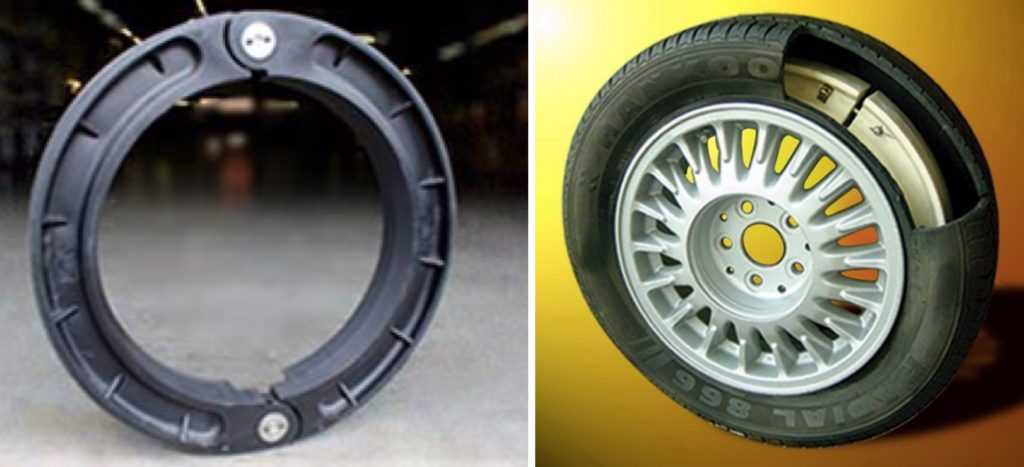
And that’s their biggest drawback compared to conventional tyres, which can often be repaired reasonably cheaply after a puncture (provided the hole isn’t in the sidewall). Given the expense of buying run flat tyres in the first place, each puncture could end up costing a small fortune.
In a word, yes. Because run flats aren’t widely available, they tend to be a lot more expensive than ordinary tyres and can only be fitted to certain cars — putting them beyond the price point of the average motorist. Couple that with the fact they can’t be repaired, and they won’t make a whole lot of sense for most drivers.
If you don’t fancy paying through the nose for a car with run flat tyres, Holts Tyreweld Emergency Puncture Tyre Repair offers the next best thing. In the event of a puncture, this innovative DIY product quickly seals and re-inflates your tyre — allowing you to get to a garage without having to mess around with a spare wheel.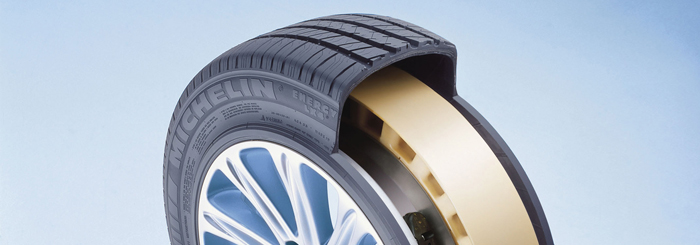
To find out more about our DIY car care range, visit our homepage.
90,000 here are you yourself (and you can’t) - the magazine for the wheel ofLADA
UAZ
KIA
Hyundai
Renault
Toyota
Volkswagen
Skoda
Nissan
BM -Benz
Mitsubishi
Mazda
Ford
All brands
Most often, we ourselves are to blame for the fact that tires become unusable. But this can be avoided.
Related materials
You have never seen such tires: even the police were surprised
In the process of using a tire, a variety of damages can occur, most of which are the fault of the driver. As a result, rubber is wasted, and since the law prohibits the use of different tire models on the same axle, you have to spend money on replacing the second tire.
The most common damage is puncture . This is the most harmless type of damage, but only if you notice it in time and repair it right away. It is absolutely impossible to drive on a flat tire, even a couple of meters! The damage caused by running on a flat tire or with low pressure is catastrophic. This causes the sidewalls to deform more than they should, which causes the tire to overheat, delaminate, and the carcass becomes unusable due to broken cords. As a result, the tire will have to be thrown away. In addition, the edge of the rim can also be damaged. nine0003
This is the most harmless type of damage, but only if you notice it in time and repair it right away. It is absolutely impossible to drive on a flat tire, even a couple of meters! The damage caused by running on a flat tire or with low pressure is catastrophic. This causes the sidewalls to deform more than they should, which causes the tire to overheat, delaminate, and the carcass becomes unusable due to broken cords. As a result, the tire will have to be thrown away. In addition, the edge of the rim can also be damaged. nine0003
Punctures are of two types: with and without cord damage. To determine this, it is necessary to remove what pierced it. If the edges of the puncture tightly converge, then the cord is not damaged and it will be possible to repair the tire without removing it from the disk. Otherwise, if the edges do not converge, you will have to disassemble the wheel and make repairs with strengthening the frame from the inside. Alternatively, in the field and in the absence of a spare wheel, such a puncture can be repaired without removing the tire from the disk, after which you can carefully drive to a tire fitting or garage and make a full repair. nine0003
nine0003
Related materials
Is it possible to pump up a wheel without a compressor - the experiment "Behind the wheel"
When repairing, the puncture site should be cleaned and marked. Further, it all depends on what kind of repair kit you have - as a rule, instructions are attached to them. There are sealants that are poured into the tire through the nipple, after which the wheel turns with the puncture down and the substance seals the hole. Repair using a tourniquet or insert is somewhat more complicated, but also more durable: the edges of the hole are polished with a special tool, after which the tourniquet treated with a special compound must be inserted into the tire through a puncture with a special awl, pulled out (not completely) out and cut flush with the surface. nine0003
In case of damage to the cord due to a puncture, the tire must be removed from the rim in order to install a reinforced patch with an additional cord on its inner surface. One of the sides of such patches has an adhesive layer that promotes cold vulcanization. After such a repair, wheel balancing will be required. To seal punctures from the inside, patches in the form of a mushroom are also used, with a leg that goes into the puncture. Such patches are also covered with a special adhesive for cold vulcanization. nine0003
One of the sides of such patches has an adhesive layer that promotes cold vulcanization. After such a repair, wheel balancing will be required. To seal punctures from the inside, patches in the form of a mushroom are also used, with a leg that goes into the puncture. Such patches are also covered with a special adhesive for cold vulcanization. nine0003
Cuts or holes , unlike punctures, are not repairable, as they violate the integrity of the frame, which can no longer be strengthened. In addition, breakdowns are always sudden and occur on the go: the tire abruptly loses pressure and before the car comes to a complete stop it has time to make several revolutions “on the rims”, which breaks the cord and destroys the layers. It is not recommended to use such a weakened tire, even if it was possible to repair and strengthen the place of the rupture or cut, in the future.
Related materials
8 tire storage rules - do you follow them all?
Incorrect storage of tires can cause cracks .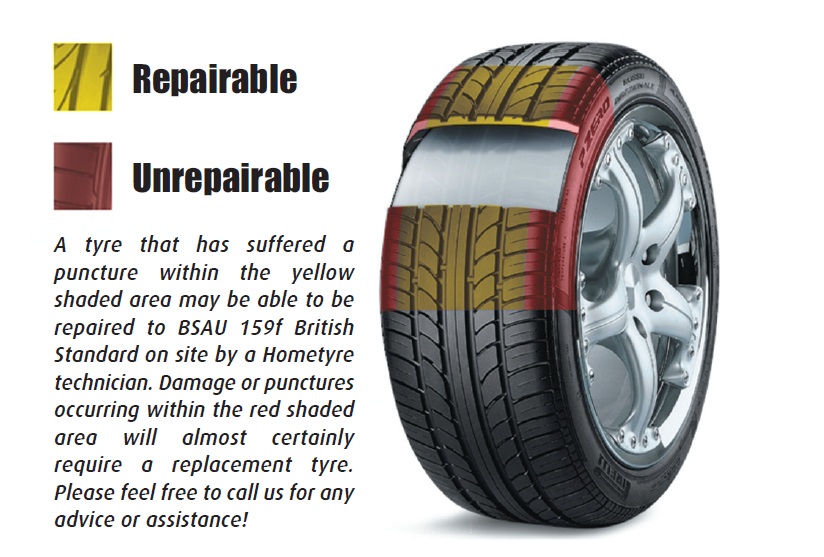 The danger of such damage is that moisture enters the cord through cracks, which renders the frame unusable. In addition, air can escape through cracks. Unfortunately, cracks are not repairable, and tires with them will not last long: sooner or later they will deform, become covered with swellings due to rusted and torn cord or because of driving with pressure below the recommended one. nine0003
The danger of such damage is that moisture enters the cord through cracks, which renders the frame unusable. In addition, air can escape through cracks. Unfortunately, cracks are not repairable, and tires with them will not last long: sooner or later they will deform, become covered with swellings due to rusted and torn cord or because of driving with pressure below the recommended one. nine0003
Blisters or bulges can appear on a tire for a variety of reasons - it always happens due to a broken cord or delamination in the carcass. In the first case, an obstacle was hit and the impact broke the cord or the cord was cut through with a sharp object. In the second case, there is no damage on or near the hernia, which means that it appeared either due to a factory defect, or due to frequent driving with pressure below the recommended one. The danger of hernias is that they can explode at any moment and provoke a skid, which will lead to an accident. If there is nothing to replace a tire with a hernia, then it is better to rearrange it to the rear axle and drive very carefully. Like cracks, a hernia cannot be repaired. Sometimes small blisters resulting from impacts or cuts are reinforced with reinforced patches, but there is no guarantee that the tire will not explode. Therefore, tires with hernias are recommended to be replaced immediately. nine0003
Like cracks, a hernia cannot be repaired. Sometimes small blisters resulting from impacts or cuts are reinforced with reinforced patches, but there is no guarantee that the tire will not explode. Therefore, tires with hernias are recommended to be replaced immediately. nine0003
Related materials
Tire blackening - 6 ways to polish. Inexpensive!
Tire sidewalls can be damaged by rubbing against curbs or the asphalt edge when pulling over. If you are prone to such a driving style, then it is recommended to inspect the inner and outer sidewalls from time to time and, if abrasion is found, swap the wheels in order to prevent the cord from being exposed - the rubber thickness on the sidewalls is small (1.5–3 mm), and it can be rubbed to the frame very quickly. nine0003
Often the cause of tire damage can be poor-quality tire fitting , during which the bead ring was damaged. In this case, the tire loses its geometry and “sits” crookedly on the disk - it writes out “eights” during rotation, and lateral vibration appears during the ride. It is impossible to repair such a tire - you need to replace it with a serviceable one as soon as possible before it damages the suspension: rods, hubs and bearings.
It is impossible to repair such a tire - you need to replace it with a serviceable one as soon as possible before it damages the suspension: rods, hubs and bearings.
You can find out whether you are using tires correctly and what invisible damage they have received by the characteristic wear of the tread, the varieties of which are collected in the table for convenience:
Double side shoulder wear
Driving with lower than recommended tire pressure.
Inflate the tires to the pressure recommended by the automaker (a plate with recommendations is attached in the driver's door opening) and find the cause of the fall: puncture, cracks, hernia, nipple, rust on the disc rim in the place where the tire fits, etc.
Center wear
Tire pressure too high.
Reduce the pressure to the recommended (indicated on the tablet in the driver's doorway)
In the form of rings and furrows
can be found on trailers or rear wheels of pickups and vans due to vibrations and vibrations and vibrations due to vibrations and vibrations bouncing at high speeds.
Changing wheels on a loaded axle to equalize wear, driving with a heavier load. nine0003
Chipped wear with cuts
Frequent wheel spin on rocky surfaces.
Move the wheels to a non-driving axle, use the gas pedal more carefully when starting to move.
Photo: Petr Urbanek / Unsplash
Our new video
Test of Haval Dargo and Mitsubishi Outlander (video)
The story stopped there: test of the last Volga
5 meters, 9 seats, boosted engine... — is this Lada? Yes!
Did you like the note? Subscribe and you will always be in the know!
Driving in Zen
News smi2.ru
 But sometimes it’s not easy to notice such a nuisance - how do you know that a wheel has been pierced? nine0003
But sometimes it’s not easy to notice such a nuisance - how do you know that a wheel has been pierced? nine0003 The comfort of most modern cars plays a cruel joke on us with some malfunctions. Highly effective noise and vibration isolation, amplifiers and servos on the controls often “do not allow” the driver to receive signals that are sent to him by problem nodes. To a large extent this concerns problems with the wheels.
If you drive a couple of hundred meters on a completely flat tire at speed, you will almost certainly have to throw away the tire.
True, well-equipped cars have a TPMS system (from the English tire pressure monitoring system - tire pressure monitoring system), which raises an alarm when the pressure drops or the temperature rises in the tire (tires). But for most Ukrainian motorists, such electronics are not yet available. nine0003
See also: Why tires are flat all the time: reasons and what to do
The typical signs of a flat tire have been known for a long time, but, alas, they "work" differently on different cars, different roads, with different tire models and even with different passenger compartment loads.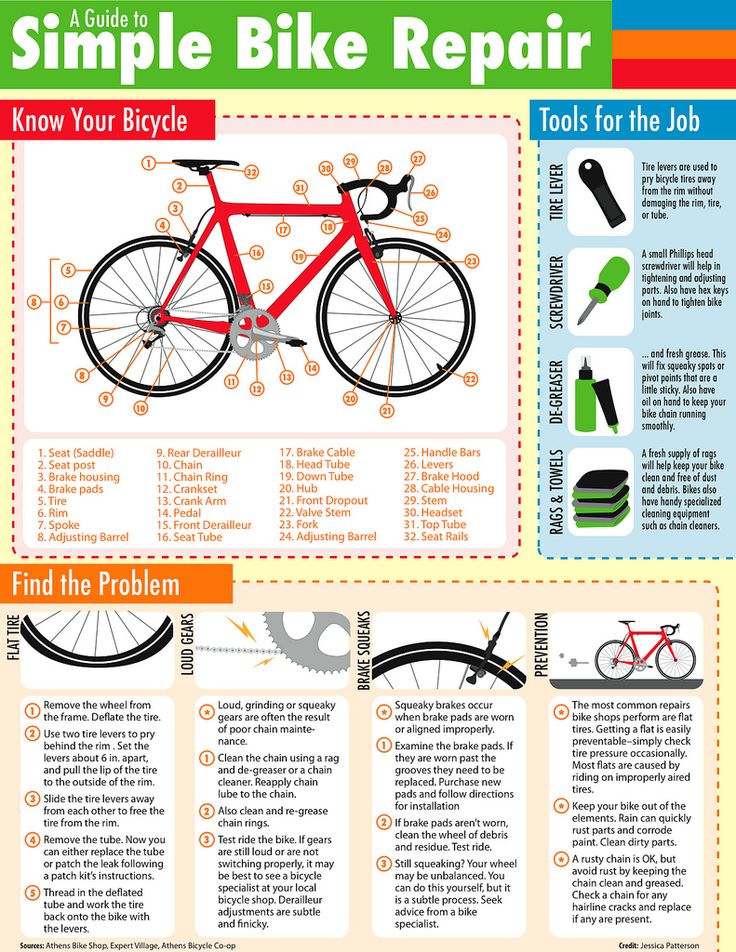 And yet, these are the symptoms.
And yet, these are the symptoms.
A half-flat tire is harder to see on the move, but such a ride ruins the tire, even if the road is flat: rubber and carcass suffer from overheating.
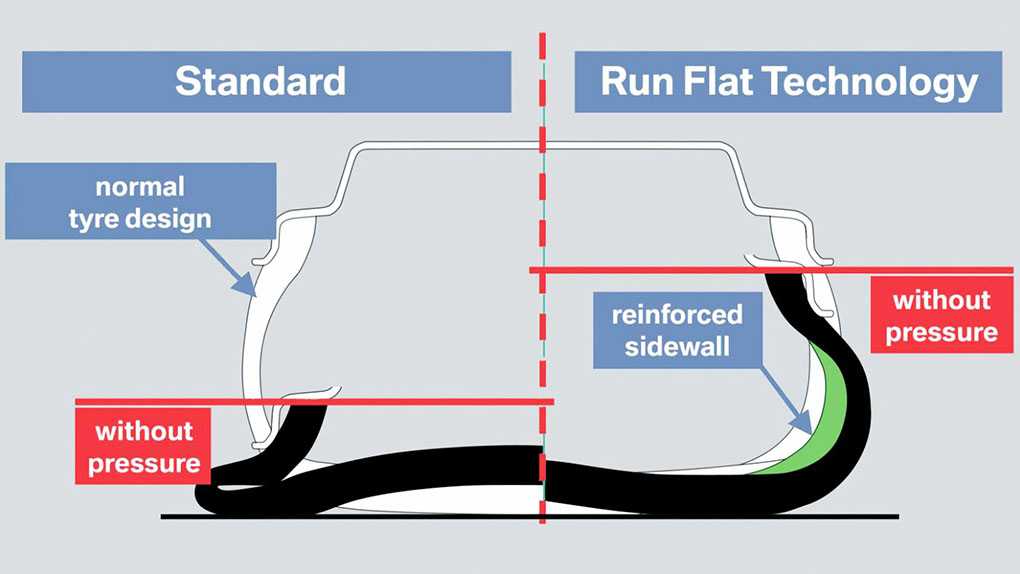
See also: How to choose wheel covers
Fortunately, modern tires do not start to lose air out of the blue. If they are not worn to the threads, then they are not afraid of sharp pebbles on the pavement, or dry branches on country roads. Therefore, you need to especially listen to the tires first of all after driving over obviously dangerous obstacles - boards with nails, scattered garbage, scrap metal lost by someone, etc.
The TMPS kit can be purchased and installed on any car, the main thing is to choose a product of the highest quality. nine0226
And of course, after a serious hit in an asphalt pothole or hitting a curb with a wheel, you need to stop and evaluate the condition of the tire and rim. At the same time, keep in mind that with some types of damage, air does not escape from the tire immediately, but within a few minutes. If you often have to drive on rough roads, at least install an inexpensive TPMS kit on your car - these are sold in abundance in stores and on related sites.
Loud music in the cabin has been the cause of big and small troubles in thousands and thousands of cases, from chewed tires to shreds and "rattling" engines to violent accidents due to someone's unheard horn. When driving on bad roads, try to listen to the operation of the machine, its sounds and behavior. Well, if music is dearer to you than the safety of the car (this also happens), take two spares with you.